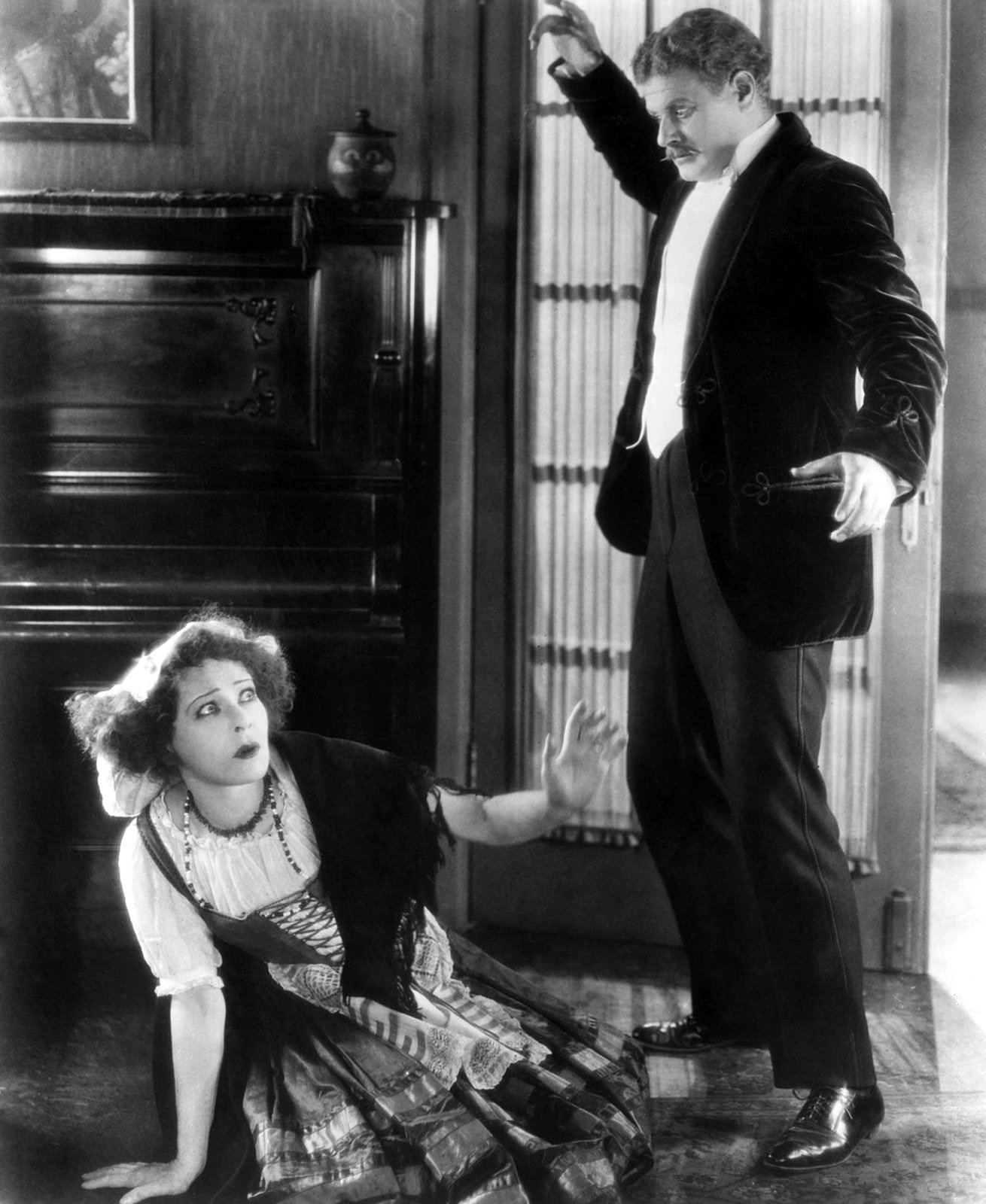
When Henrik Ibsen’s play, “A Doll’s House,” premiered in 1879, its powerful examination of gender roles and women’s rights shocked the theatrical community. Its protagonist, Nora, gradually comes to realize that her husband is a callous coward. Consequently, she decides that she must become independent of him, and the play ends as she walks out on their marriage and their children.
Petra Volpe’s new film “The Divine Order” is set in Switzerland in 1971, nearly a hundred years after Ibsen’s play premiered. Although the sexual revolution is happening in other parts of the world, in Switzerland, women are still subservient to men and do not have the right to vote. The film’s protagonist is also named Nora. Like Ibsen’s heroine, she is a discontented housewife who cooks, cleans and looks after the children. Her husband, Hans, prevents her from working outside the home. Then, she reads Betty Friedan’s “The Feminine Mystique,” resolves to empower the women in her small village, and starts to campaign for women’s suffrage. “The Divine Order” touches on some the same themes as “A Doll’s House” — namely, the rights of a woman in a patriarchal society, the ways in which gender roles affect a married couple and the actions that strong, independent women take to ameliorate their situations. Yet, unlike Ibsen’s play, the film does not provide insight into the emotions of its characters or complex topics like feminism and misogyny. While it provides an interesting look into a neglected chapter of history, “The Divine Order” is ultimately unsatisfying.
Although “The Divine Order” is by no means a perfect film, it is certainly a professional one. The performances are all polished. As Nora, Marie Leuenberger skillfully shows her character’s transformation from dutiful housewife to intrepid suffragette, while Maximilian Simonischek proficiently portrays Hans’s progression from a chauvinist pig to a sympathetic spouse. Volpe’s shots are framed and lit well. Her screenplay is almost encyclopedic as it describes the dilemmas of Nora and her friends and the larger social and political context surrounding the fight for women’s suffrage.
Although Volpe’s screenplay is certainly thorough, it is covers so many topics that it can be perfunctory. While each character takes a stand in the debate surrounding women’s rights, few of them explain their rationales for supporting one side or the other. Although we watch Nora as she organizes a women’s strike, teaches her children how to wash dishes and chants “clitoris” with a bunch of hippies in Zurich, Volpe does not have time to examine how these actions affect her. After Hans listens to Nora’s speech at a rally, he just complains about how Nora “made [him] a laughing stock.” The screenplay is so efficient that there is no room for him to react viscerally to the speech or to describe why it is an affront to his values. Volpe’s film glosses over a host of complex issues without examining any one of them satisfactorily.
Furthermore, Volpe’s portrayal of misogyny is somewhat problematic. She refuses to vilify the prejudiced patriarchs of Nora’s village and presents a series of earnest excuses for their sexist behaviors. At one point, Hans says he simply prefers boys to girls because “at least they will not come home pregnant.” Hans’s co-worker refuses to do household “women’s” chores because he is afraid he might “end up gay.” Most troublingly, one of the women in the village is beaten by her husband. Even Nora believes that he abused her not because he is sadistic, but because his father-in-law forced him to become a farmer. Volpe celebrates the women who made suffrage possible in Switzerland, but she does not condemn those who would deprive the women of their rights.
Volpe’s choice to present misogyny in this manner is a mistake, but perhaps her largest error was to name her heroine “Nora” and invite comparison to “A Doll’s House.” The strengths of Ibsen’s play illuminate the flaws of Volpe’s film. Unlike Volpe, Ibsen elucidates his characters’ emotions and denounces the patriarchy. We understand how his Nora is trapped in her role as a housewife, how her husband is cruel and why she is justified in leaving him. Yet, even if the women of Volpe’s film are also justified in fighting for their rights, their inevitable victory is not as satisfying as Nora’s inevitable rejection of her “doll’s house.” Volpe’s film does a fine job illuminating the largely forgotten struggle for women’s suffrage in Switzerland, and if you’re a student of history, I would recommend it. If you’re looking for a more nuanced view of gender and the issues women face, however, I would forget about the travails of Volpe’s Nora and return to Ibsen’s.
Contact Amir Abou-Jaoude at amir2 ‘at’ stanford.edu.
